Major Power Relations
Your Present Location: PROGRAMS> Major Power RelationsWang Yong: The U.S. and China domestic adjustment and trade relations crisis
By Wang Yong Source: Insight Magazine Published: Issue 1-2, 2019
The year 2018 has witnessed the celebration of the 40th anniversary of China’s reform and opening up, as well as the 40th anniversary of the establishment of diplomatic relations between China and the United States. It is no coincidence that the launch of reform and opening up and the establishment of China-U.S. diplomatic relations took place at the same time, bringing China and the world into a new era. Since then, China has changed from a backward and poor country into the world’s second-largest economy and the largest trading country and exporting country. While China has greatly increased its influence in the global economy, it has also become a more comprehensive regional and even a global power.
However, on the occasion of the 40th anniversary of these two big events, China-U.S. relations and the course of reform and opening up seem to be both undergoing major adjustments. Based on the tremendous changes since 2013, the 19th National Congress of the Communist Party of China proposed a new direction of development in two steps: China is set to become a medium-level developed country by 2050, and China will implement the foreign policy of a great power with Chinese characteristics. China-U.S. relations have also undergone tremendous changes. U.S.-China political trust has declined, and the U.S. launched a tariff war on imports from China. Obviously, the U.S. government and public not only worry about the trade deficit with China, but also worry about the impact of the Made in China 2025 plan on U.S. industry. The escalation of trade friction combined with U.S. suspicion over China’s new policy direction explains the prospect of a “new Cold War,” and even a local “hot” war possibly caused by a dispute over the issue of the South China Sea and the Taiwan Strait.
This development is regrettable. I believe that in order to find a new direction for China-U.S. economic and trade relations, China-U.S. relations must be placed under an historical framework. My basic view is that there are still huge common interests between China and the U.S., but we must face up to the differences between the two sides. Many problems are due to misunderstandings between each other. Clearing up these misunderstandings will help re-establish political trust between the two sides.
Domestic adjustment of the U.S. and China after climax of globalization
The policy direction of the U.S. and China has been basically the same in the past 30 years. In the first two decades, both embraced globalization. While the U.S. played the role of the leader of globalization, China has been an active follower as the largest developing country. Both believe in the benefits of economic globalization, and indeed globalization has brought tremendous growth to both countries. However, economic globalization has also produced a serious negative result: disparities be- tween rich and the poor within each country. The U.S. is the country with the largest wealth gap among developed economies, and China has one the deepest wealth gaps among the largest developing countries.
As part of the responses to this severe problem, China and the U.S. made efforts to readjust domestic policies, especially after the global financial crisis in 2008. However, due to differences in the political systems, the two have adopted different adjustment policies. The election of Donald Trump manifested the rise of populism and protectionism, and “America First” has become the primary goal of foreign policy. Chinese leaders also recognize the unsustainability of the past development model and have emphasized adjustments in the past five years, including anti-corruption, poverty alleviation and rural rejuvenation, environmental protection and overall security strategy (prevention of financial crises, cyber security and so on).
Simply put, the changes that have taken place in both countries are revolutionary, and the domestic restructuring has produced spillover effects, which have aggravated the misunderstandings and tensions between China and US.
Reconfirming the truth about U.S.-China trade
Economic and trade relations have brought enormous benefits to both sides. The bilateral trade between the two has reached the highest level of any bilateral trade in history. but in contrast to the views of some people in the U.S., the bilateral trade is fair and the distribution of interests is overall even, because there is no “forced” buy and sell, and both sides are smart. Regrettably, the American public does not under- stand the truth of China-U.S. trade, and U.S. politicians intentionally or unintentionally conceal the truth of trade for election purposes.
The rise of the global supply chain driven by economic globalization largely account for the rapid development of China-U.S. trade. In the global supply chain, although China has made progress in high- end sectors, Chinese companies are generally in the low-end ones. The profits of Chinese factories and workers are far lower than those of Western investors and multinational companies. For example, in the case of Apple’s iPhone, Chinese factories and workers have earned only 5% value added, while Apple has gained nearly 60% and the rest goes to parts suppliers from Japan and Germany. The example of Apple’s mobile phone reflects the reality of international trade in the era of economic globalization: China’s foreign trade is large in volume, but the proportion of profit is small. This is illustrated as well by another example: China’s state-owned enterprises account for only 10% of the total exports of the country. Unfortunately, the American public and politicians don’t under- stand this reality and complain about the high trade deficit with China. Some members of the elite in China don’t understand the true picture of China-U.S. bilateral trade either, and are misled to be complacent about China’s export surplus and competitiveness in the so-called “high-tech” products.
American politicians have not dis- closed the full picture of the trade flows, speaking only of the trade in goods. In fact, the United States has a surplus of US$50 billion to $90 billion per year in terms of services, not to mention the $500 billion sales achieved by U.S.-owned companies annually in the Chinese market, including a large amount of U.S.-made spare parts and intellectual property. If all aspects of China-U.S. economic and trade relations are added up, they are generally balanced.
Rebuilding political trust
Politics and society in China and the U.S. are in a state of transition, and the situation is very complex. There are differences within the Chinese and American elites as to how to explain the domestic changes and foreign policies of the two countries. The American elite is divided internally, and the Chinese elite also en- compasses different views. However, though the left and the right in the U.S. differ on all sorts of issues, both call for policy hardening on China. Such a domestic atmosphere is actually dangerous for the relations.
Before rebuilding political trust, both sides should strive to under- stand each other. For Chinese leaders, it is important to understand that adjustments made to domestic policies should not be too far away from expectations both internally and externally, and it may be advisable not to go to extremes in the name of maintaining political security. But in fact, the advocacy of the “core values” of socialism are not in contradiction with the so-called “universal” values. Also, the American elite should learn more about China’s changes over the past five years. These adjustments have been largely necessary to solve the problems accumulated in the past decades; the old development model was not sustainable, politically, economically or environmentally. China’s current policies can be largely explained by three “trap” concepts to which the leadership are paying close attention. Many of the policies that China has introduced in recent years are not the result of the country being strong, but because they are facing up to its shortcomings. The core driver is not a desire by China to compete with the U.S. for world hegemony (for example, the Belt and Road initiative), but fear of a shortage of “international public goods,” which include institutions and resources to support international cooperation.
Faced with the increasingly complex situation at home and abroad, Chinese leaders are stressing the need to deal with three major “traps”: The first is the middle-income trap. The comparative advantage of production of labor-intensive products is gradually disappearing, and to continue to maintain economic growth, China must rely on innovation, upgrading its industrial level and technology. Made in China 2025 was conceived in this context, with the hope to use policy incentives to improve the competitiveness of the Chinese economy.
The second is the Tacitus trap, which refers to the challenge of losing government credibility. The Chinese government hopes to eliminate poverty by 2020, aiming to create a responsible government, win back the hearts of the people and consolidate its legitimacy.
The third is the Thucydides trap and the Kindelberg trap. China has tried its best to avoid the “Thucydides trap”, in which emerging powers collide head-on with major powers. At the same time, in the face of increasingly inadequate international public goods supplies, China has made it ever-clearer that it is willing to pro- vide more international public goods to strengthen the global governance structure. In order to cope with the “Kindelberg trap”, which assumes that an emerging power is unwilling to provide international public goods, China has come up with initiatives such as the Belt and Road Initiative and the Asian Infrastructure Investment Bank (AIIB). China is already the second largest donor country in the United Nations, and the country with the largest number of international peacekeepers employed abroad.
These three “traps” that China’s leaders have identified as needing to be overcome can be the key to the U.S. elites from all walks of life understanding China’s domestic political and economic changes. Unfortunately, the U.S. media and policy research community only pay attention to the revision of China’s constitution and abolishing the term limit of the president; focus only on the greater concentration of power and ignore the development and adjustment of China’s domestic political economic policies from a broader perspective. For China, leaders at all levels should continue to actively communicate with the international community on the changes in China, to assure the outside world about China’s future direction.
Prospect of economic decoupling
The leaders of China and the United States met during the G20 summit on December 1 and arrived at a consensus. They decided to jointly promote efforts to reach an agreement within 90 days. The summit rekindled confidence in bilateral agreements. However, there are still many uncertainties as to whether an agreement can be reached to avoid a trade war. From the current point of view, a defensive China is willing to make more concessions, including increasing market access to address the concerns of U.S. business in China, such as market opening, property rights protection and so on, in addition to importing more from the U.S. to shrink the trade imbalance. However, China and the U.S. may still be unable to reach an agreement, which would lead to an escalation of the trade war, and eventually the decoupling of the Chinese and American economies.
One may argue that there are indeed more reasons to be pessimistic than optimistic about the prospects of China-U.S. relations:
Most importantly, the security hawks, long marginalized, have taken power. Driven by factors such as ideology and big power struggle, they tend to perceive the relations as a strategic competition characterized by a “zero-sum” game. As a result, they tend to look at all forms of contact between China and the U.S. with a negative eye. The representatives of such views, Steve Bannon and Peter Navarro, believe that China and the U.S. are engaged in an economic war, and neglect the essence of mutual benefit between China and the United States.
After the incitement of populism and protectionist sentiment, coupled with the U.S. partisan competition system, the Democratic House of Representatives will launch more actions against President Trump after the midterm election, in order to win the support of voters ahead of the 2020 presidential election. In the next two years, the Democrats and Re- publicans, Congress and the Executive branch will likely compete with each other to see who is tougher on China. For the Democratic Party, it is more in line with its own political interests to prevent Trump from reaching a trade agreement with China.
The swing in attitude of the American business community has worsened the situation. While they do not like Trump’s tariff measures, they believe the “Section 301” measures are necessary and an efficient way to force China to make concessions on market access issues. However, they may ignore the dangers of domestic politics and the growing sentiments towards China, which will make any deal with China more difficult. If the two countries cannot strike a deal, they may lose more opportunities in the Chinese market to competitors from Japan and Europe.
All these factors make future relationships very difficult. Obviously, there is no winner in a trade war, and it may not be possible to end the trade war, raising the specter of significant losses to the two countries and the global economy. As the world’s two largest economies, China and the U.S. should keep in mind these lessons from history: the trade protectionist measures adopted by the U.S. Congress in the Great Depression of the 1930s caused the global economy to be torn apart and finally led to the out- break of World War II; the “Cold War” of the 1950s resulted in several regional “hot wars” in the Asia-Pacific region and led to a zero-contact confrontation between China and the U.S. for decades. A competitive relationship between big countries is inevitable, but the two sides should further strengthen communication to avoid the harm caused by misunderstandings and misjudgments. The most important thing is to build consensus and work on common interests. This is the responsibility of the two largest economies of the world for the global economy. The next two years will be an important test for the leaders and for the public of China and the U.S.
Wang Yong is a professor at the School of International Studies and the director of the Center for International political Economy, peking University (PKU),and senior fellow of Chongyang Institute for Financial Studies at Renmin University of China.



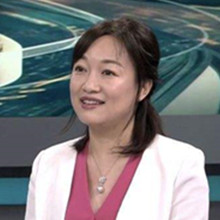



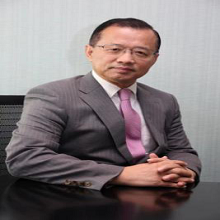

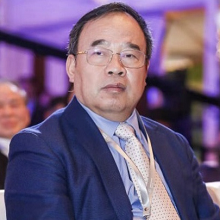

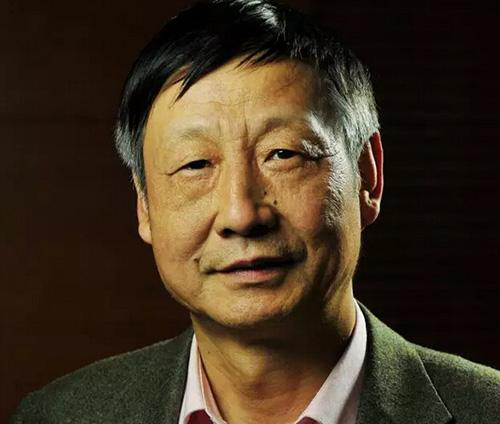
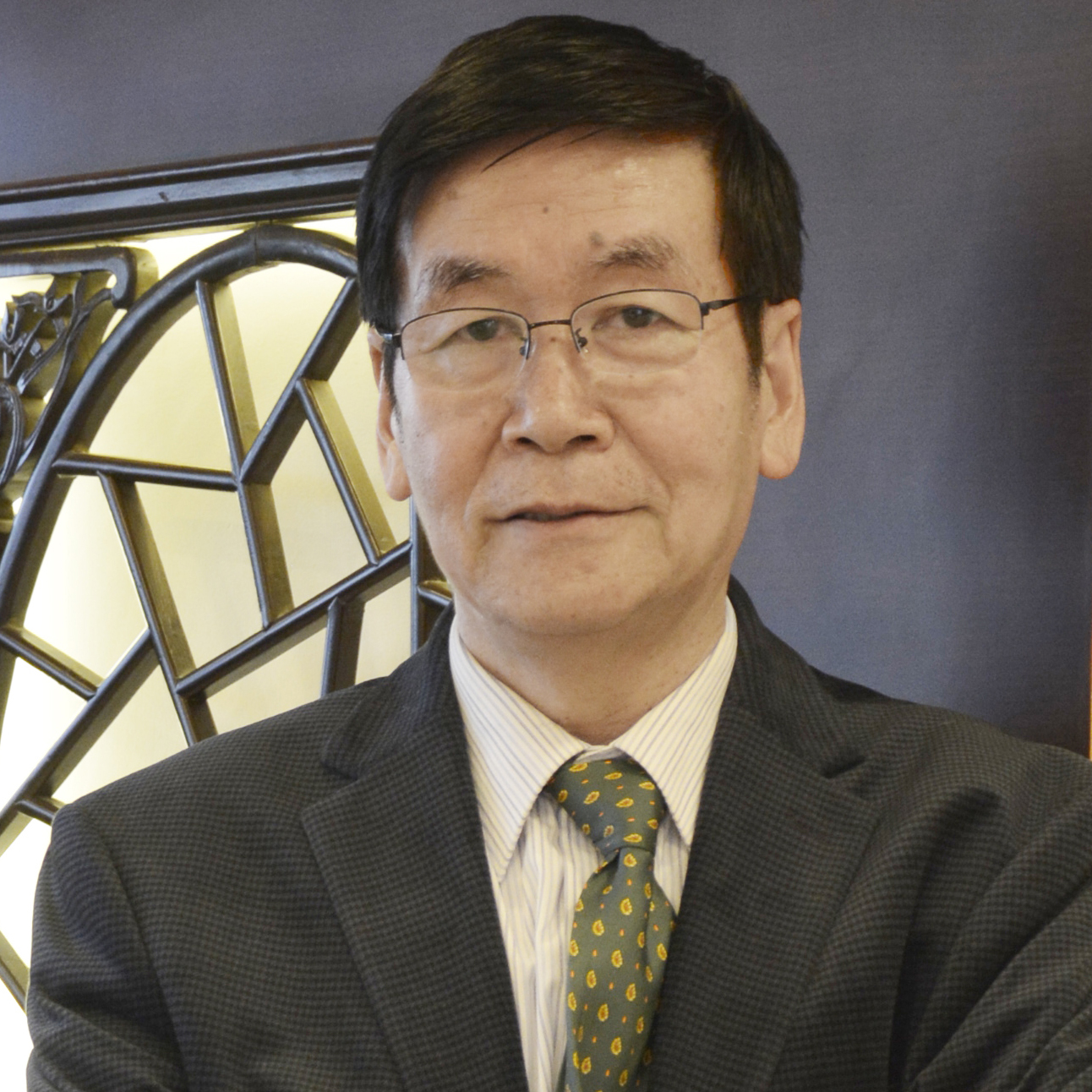
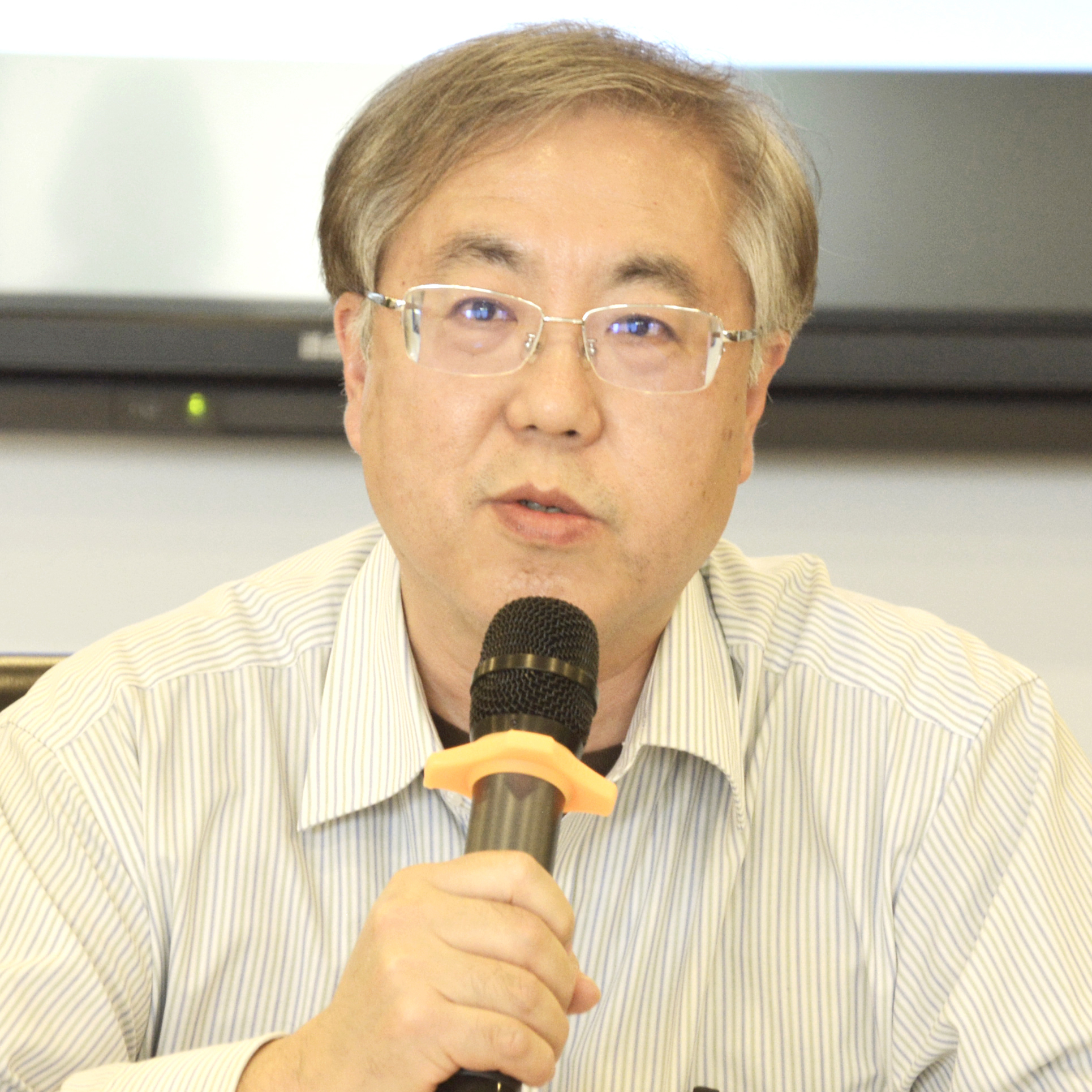

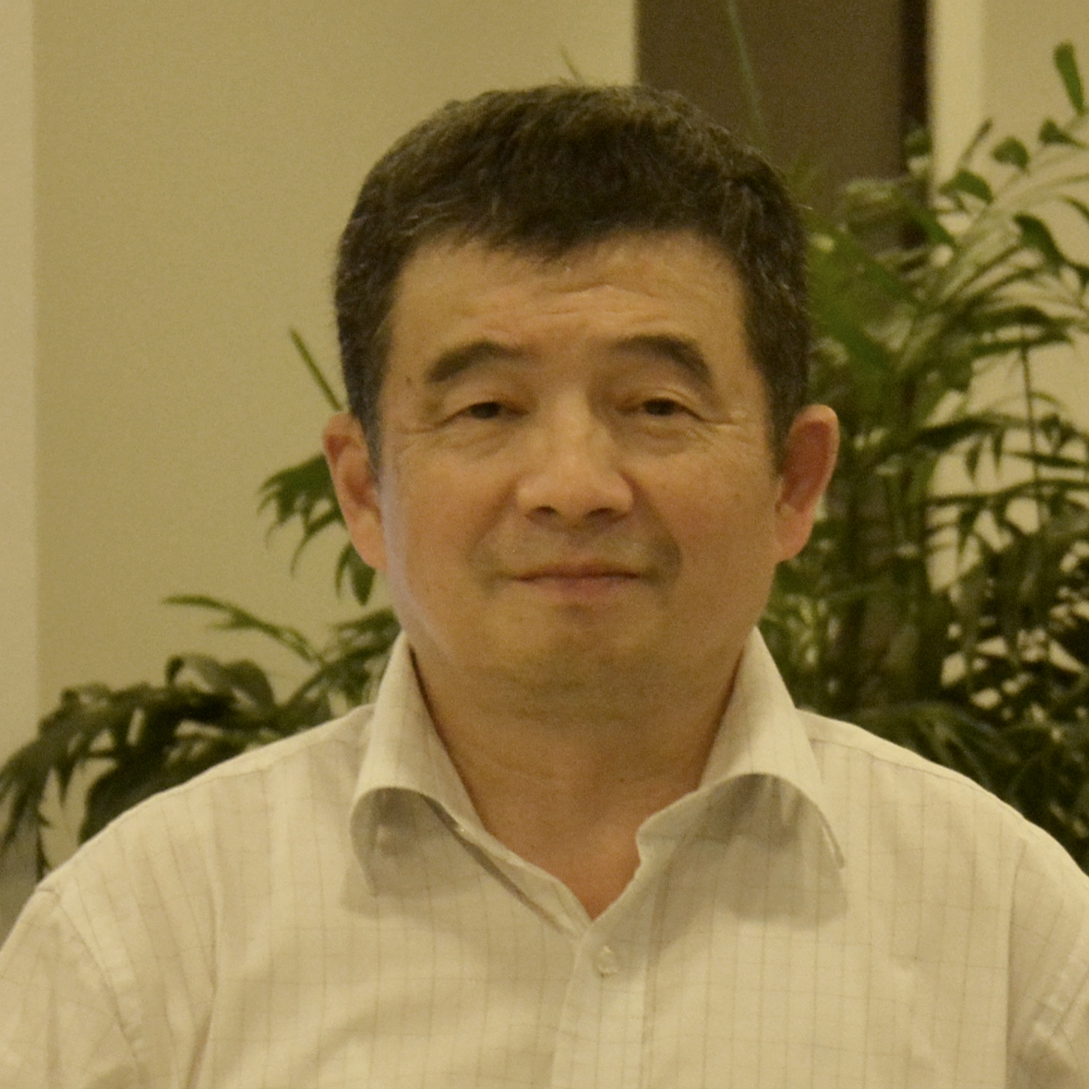
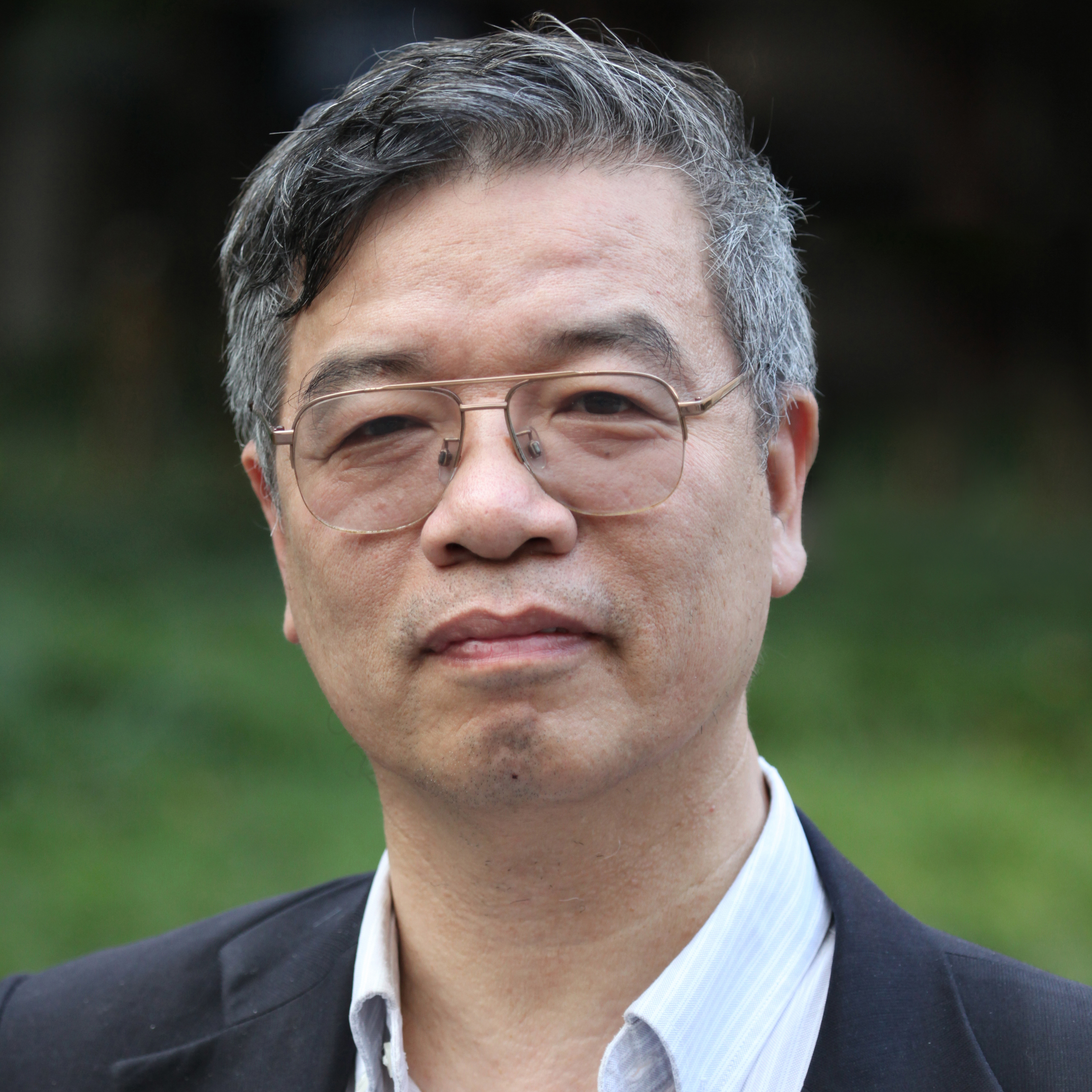

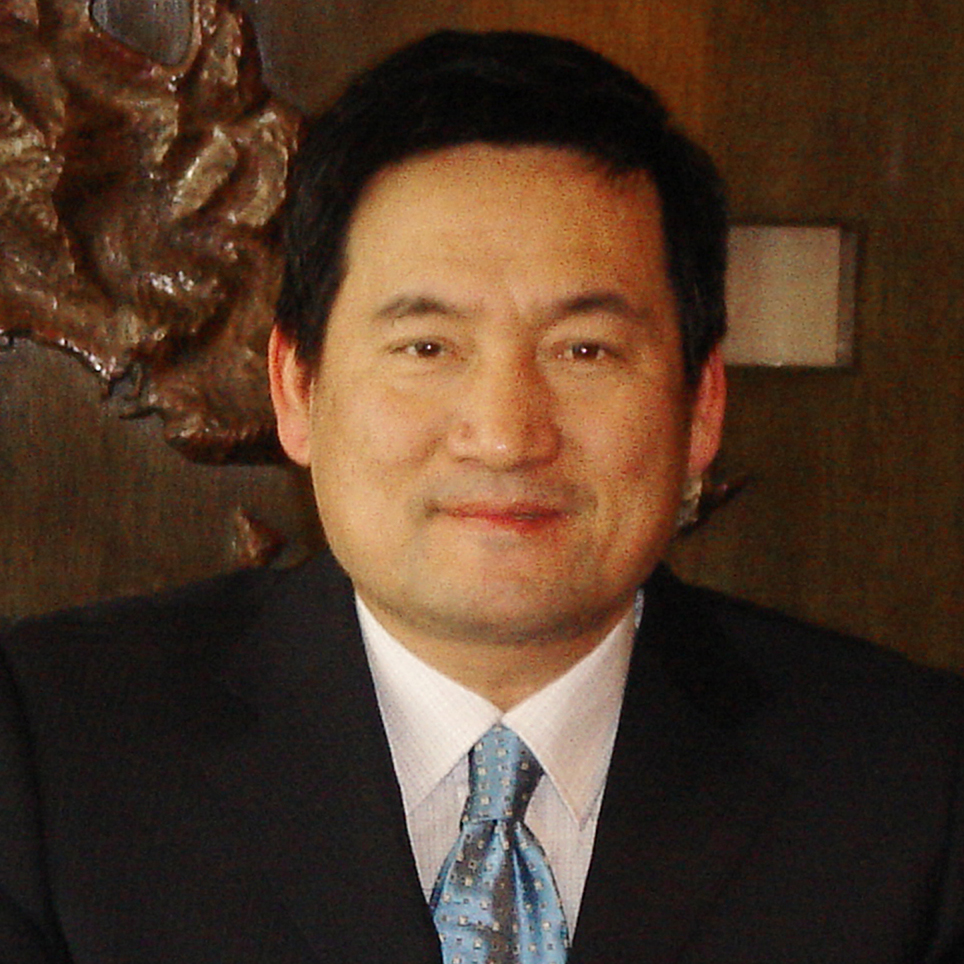





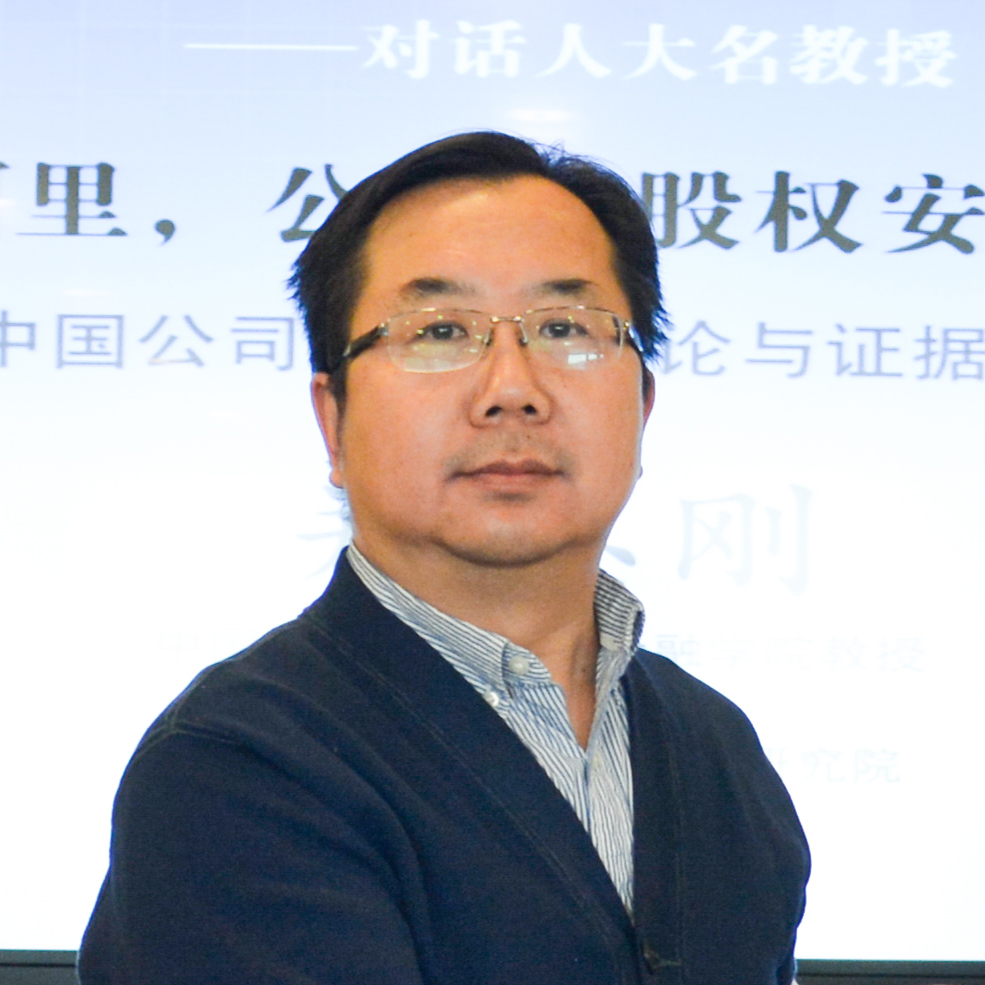
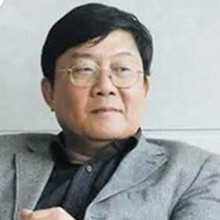

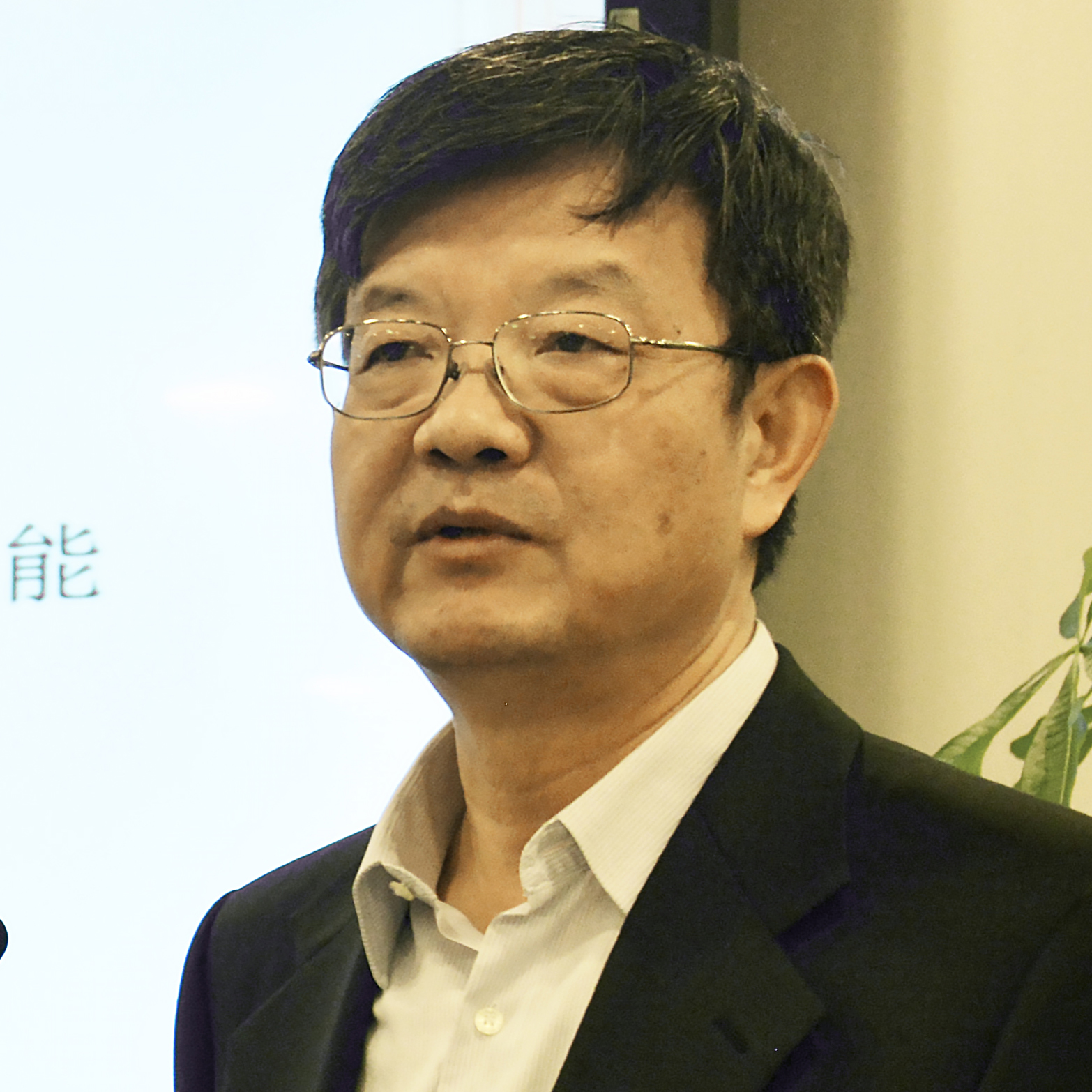
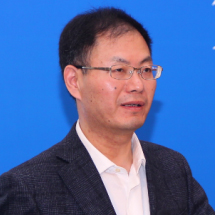

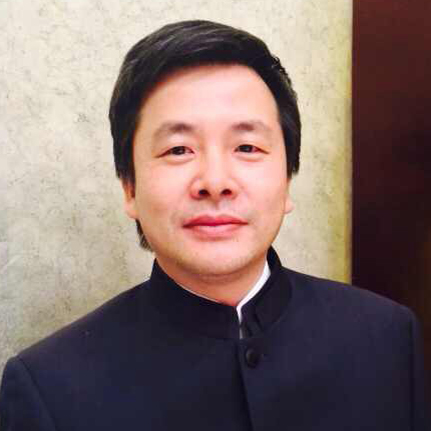
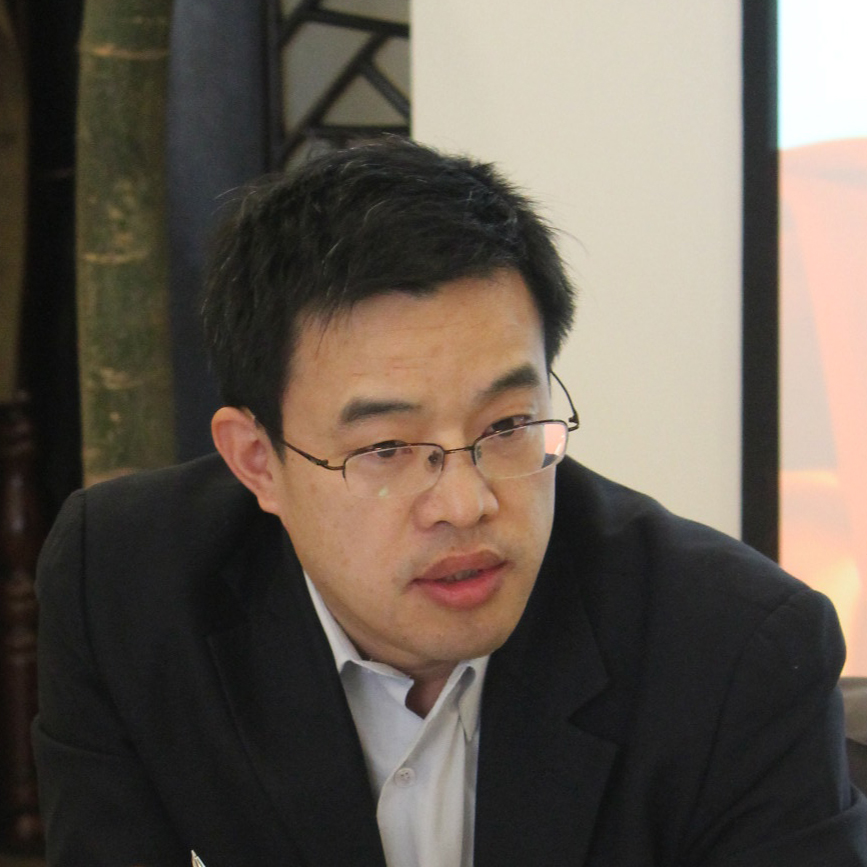
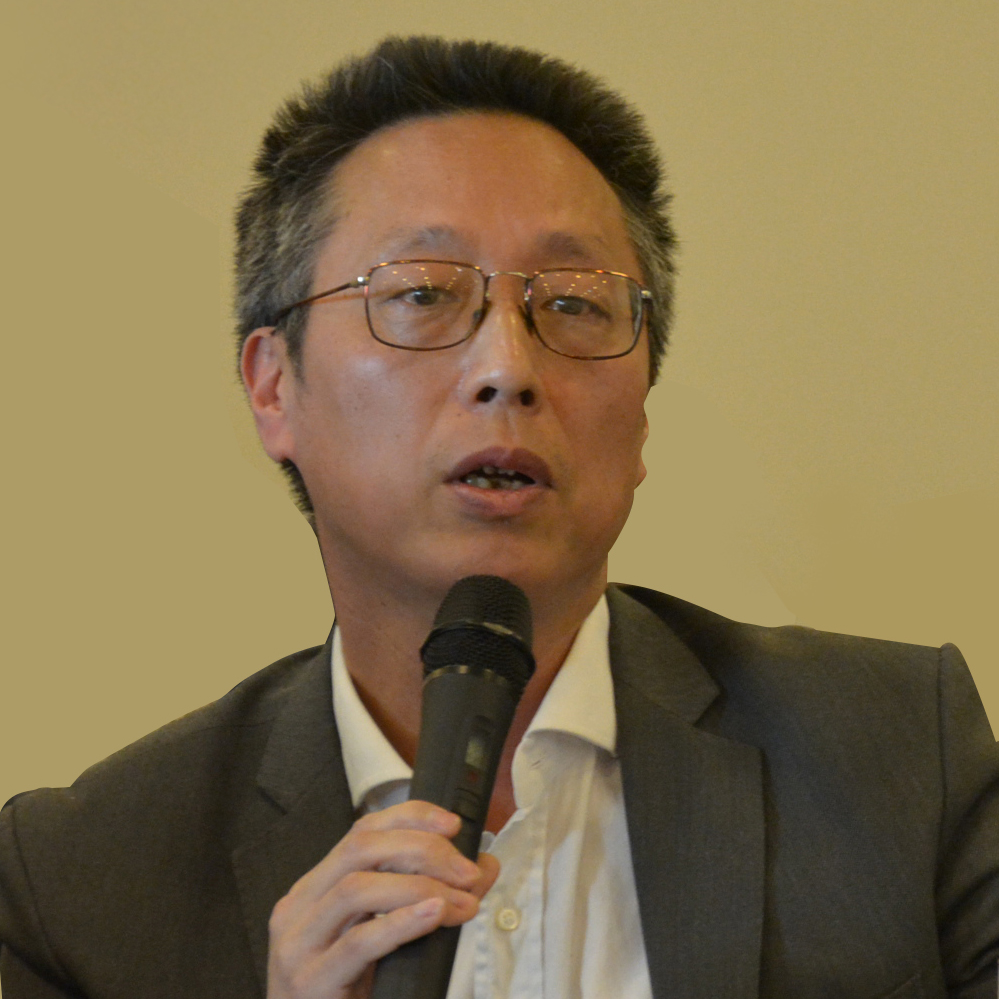
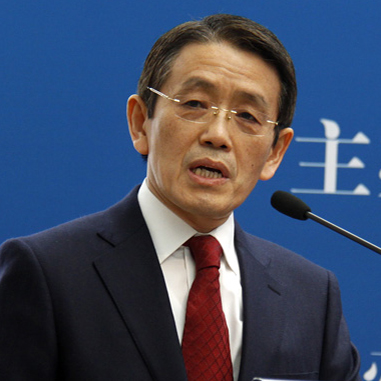

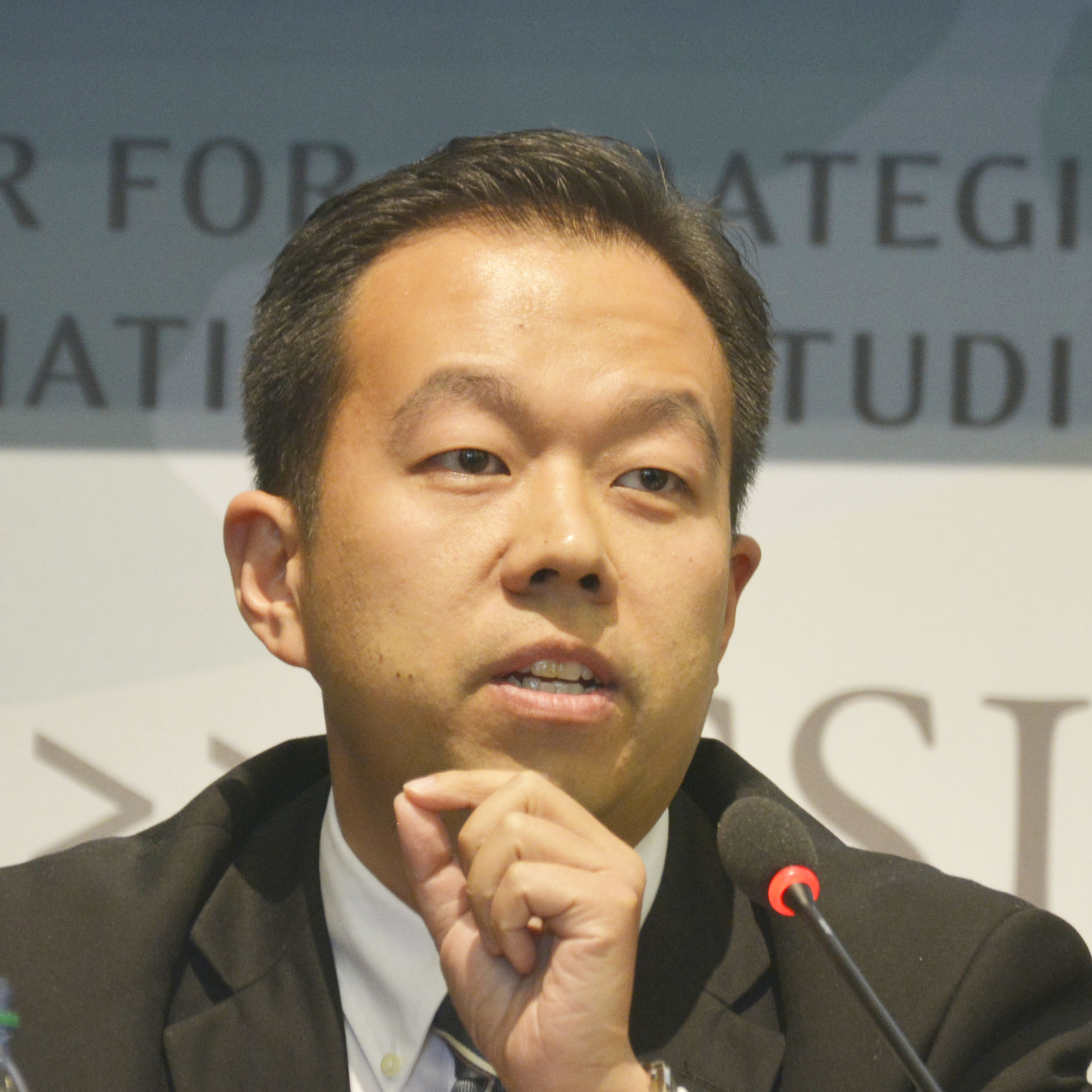

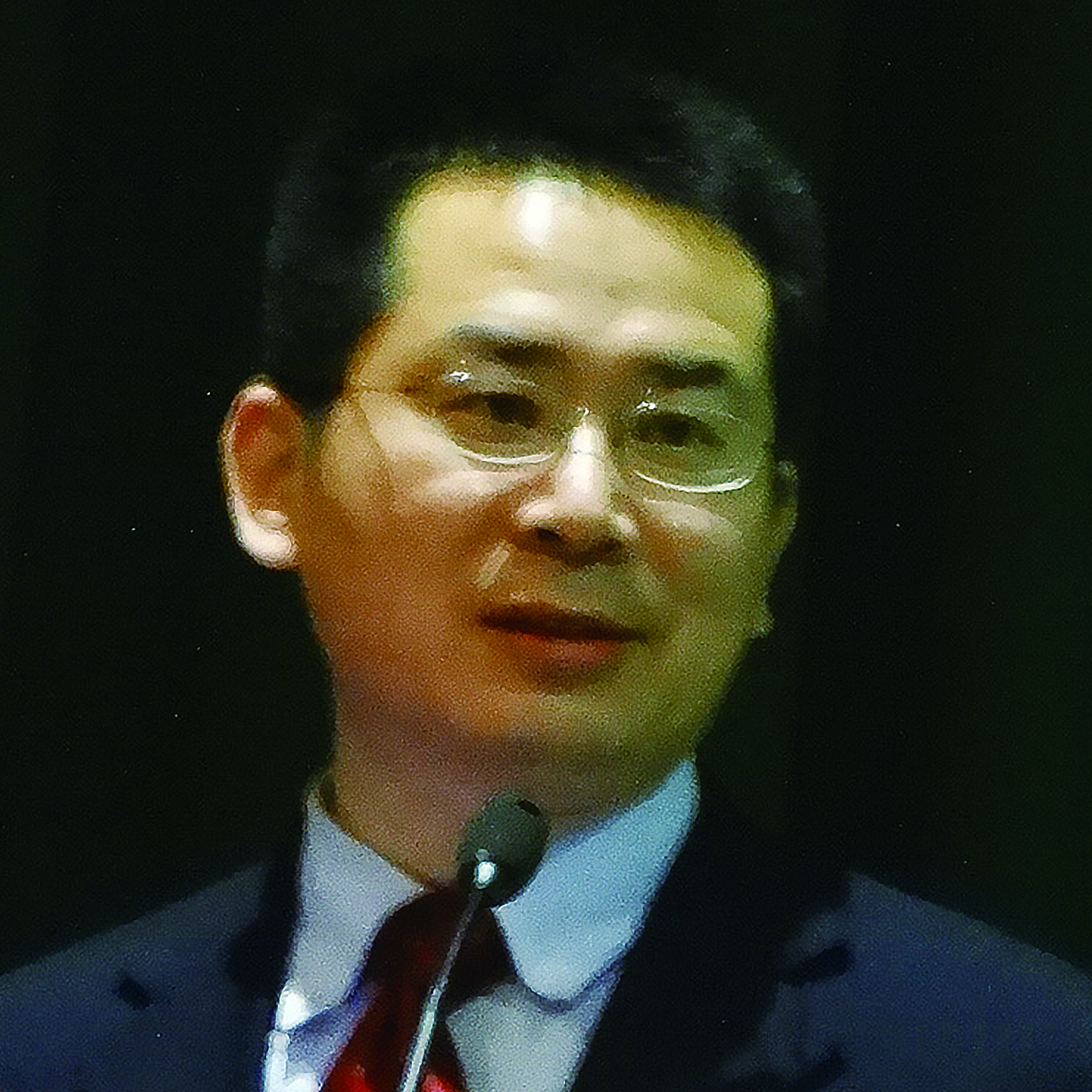
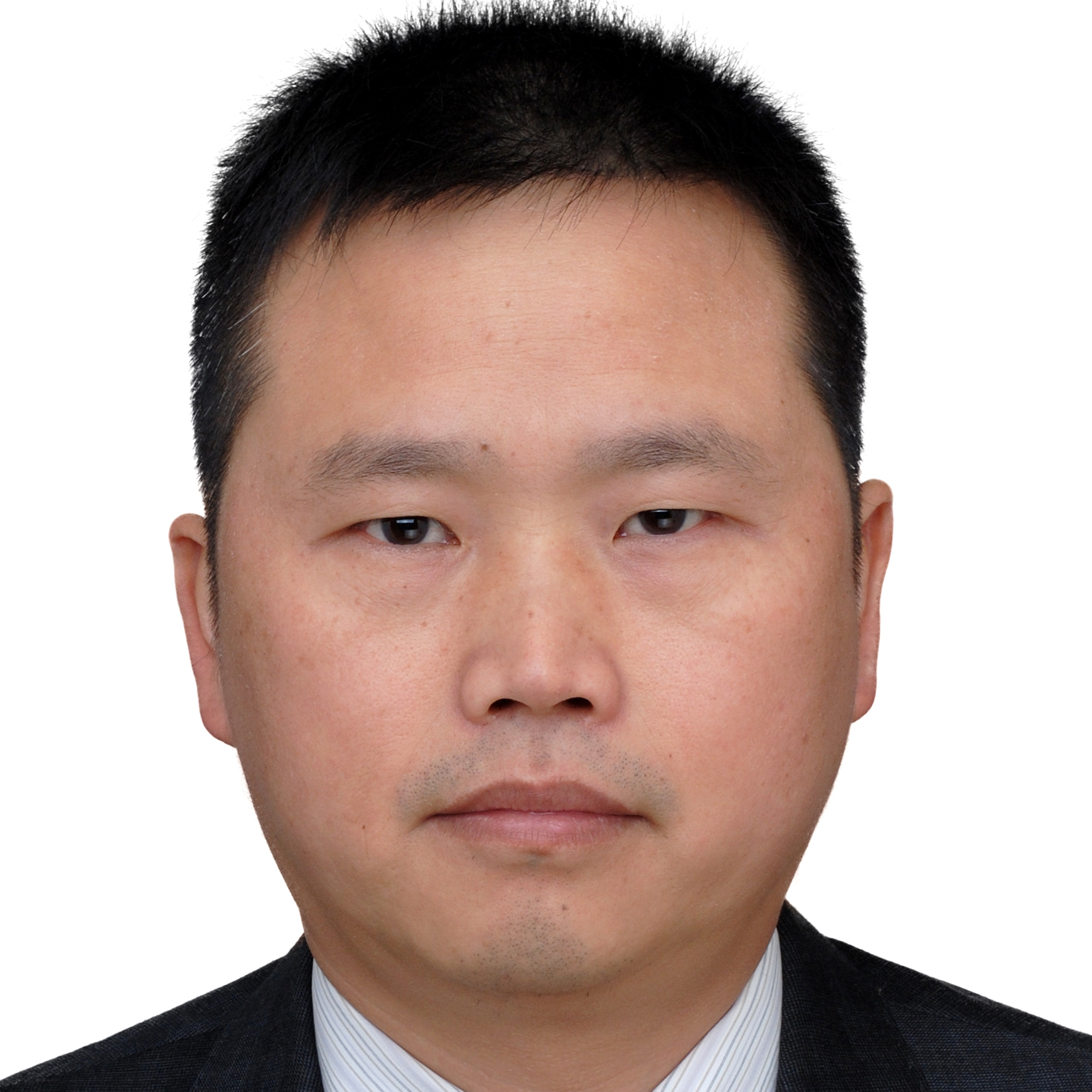


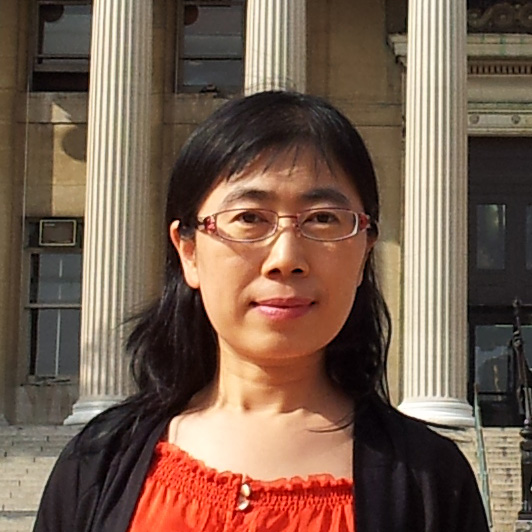
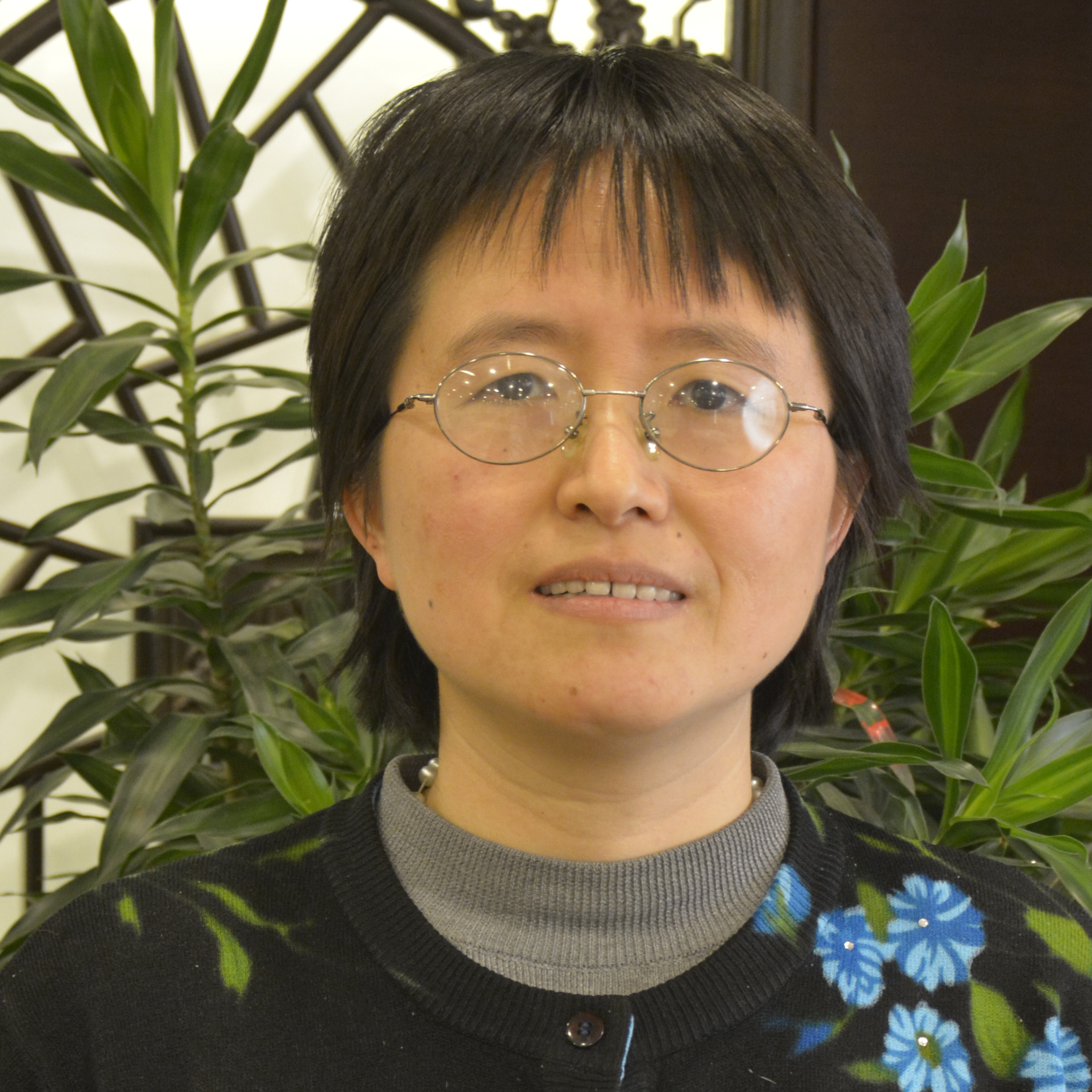


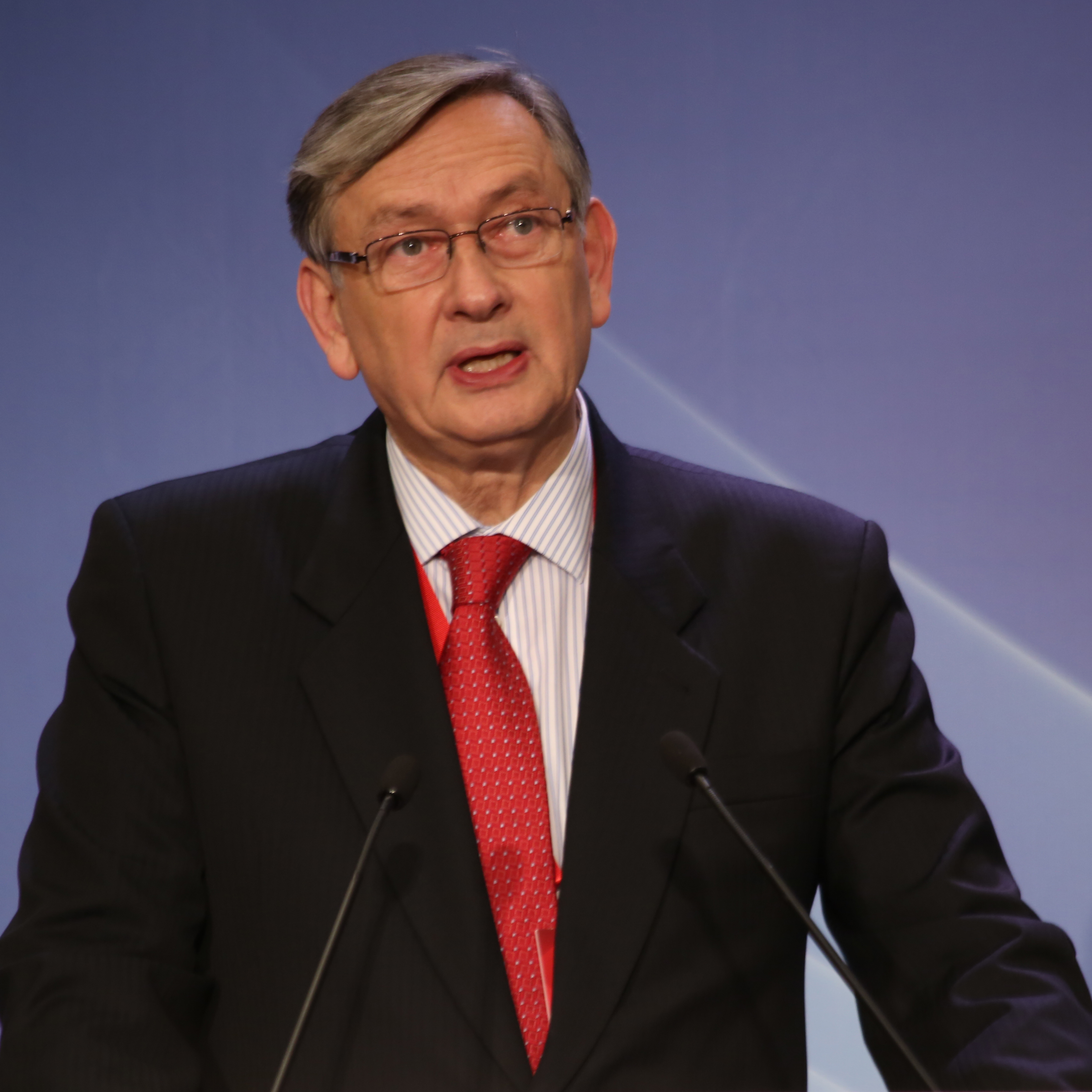
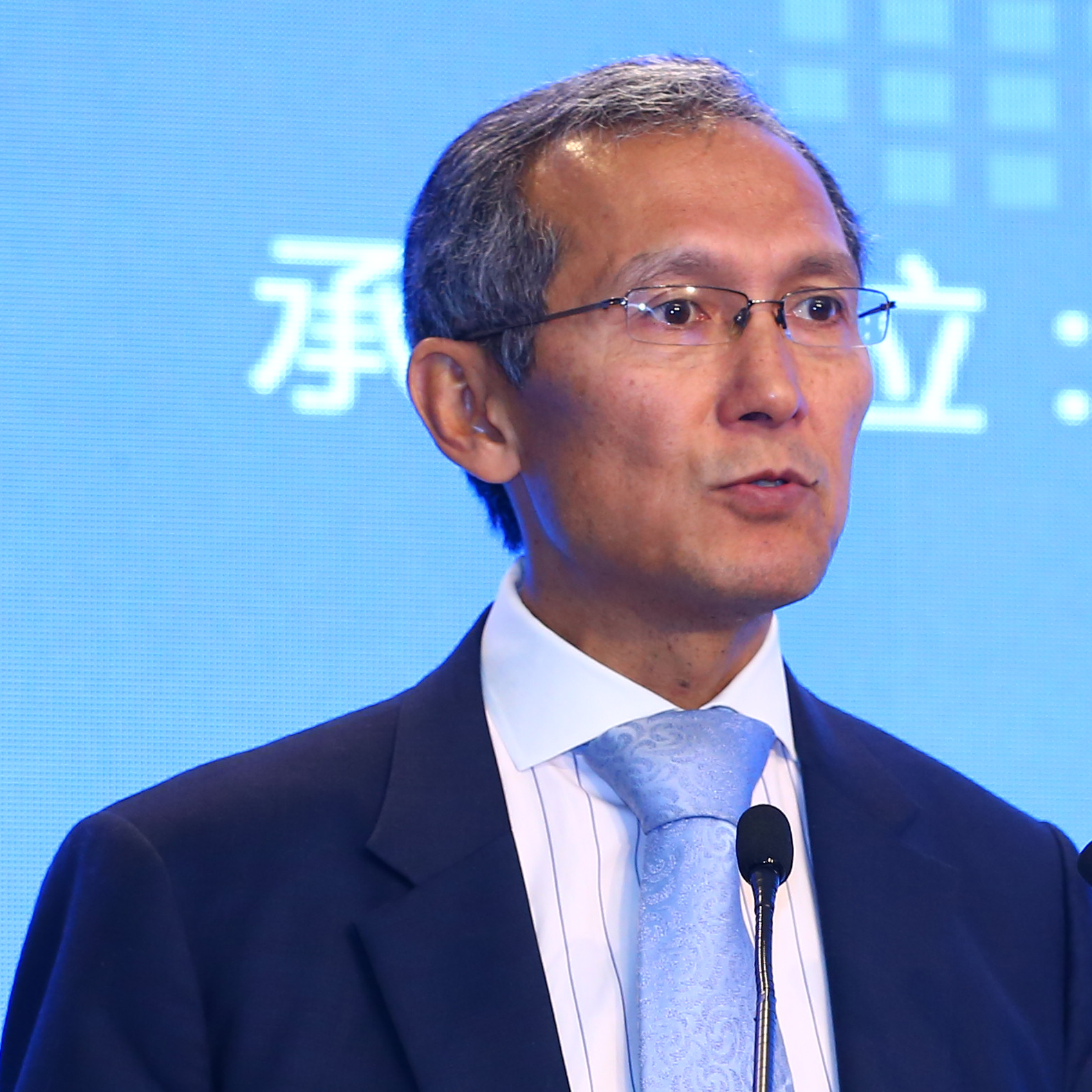


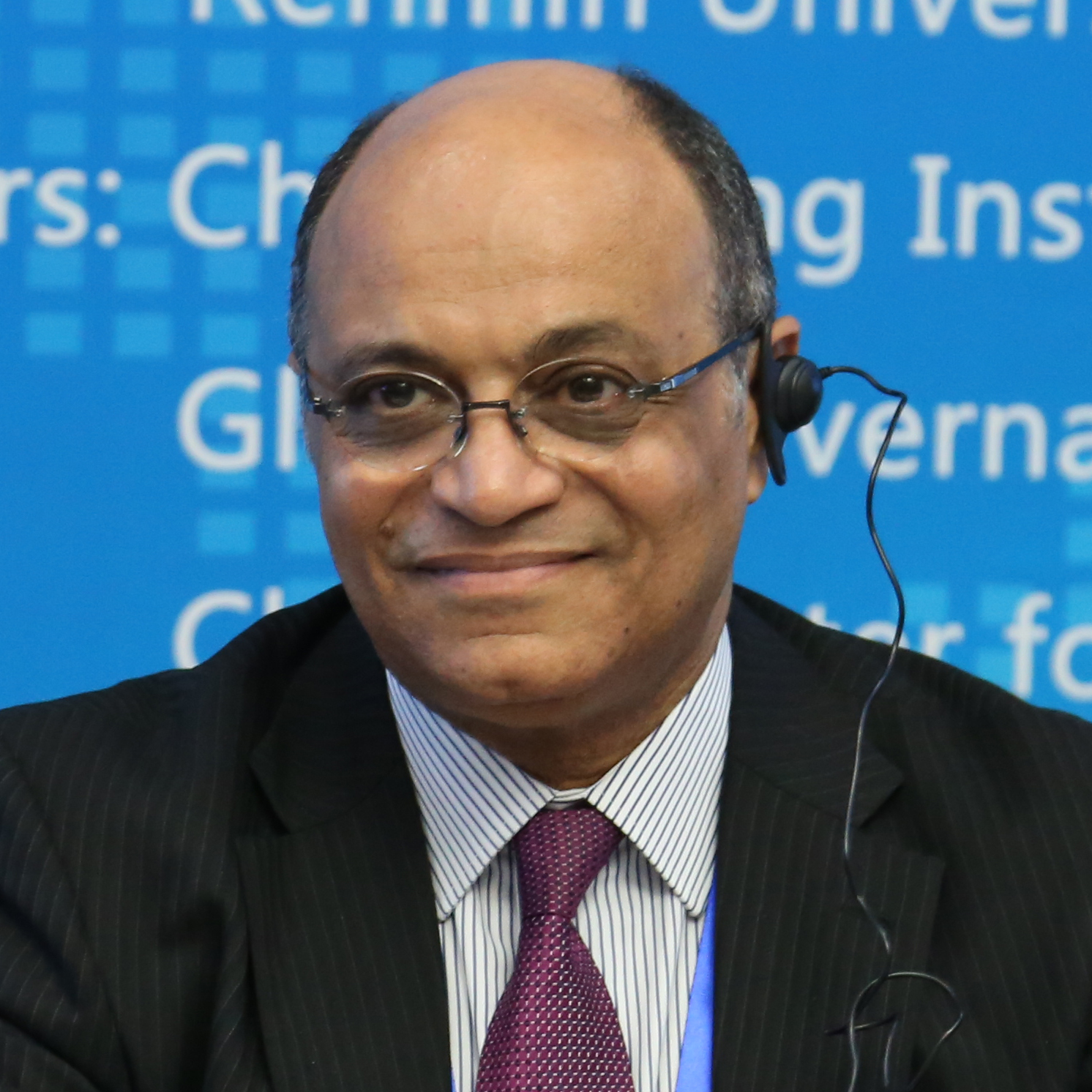










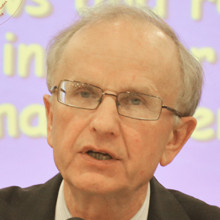


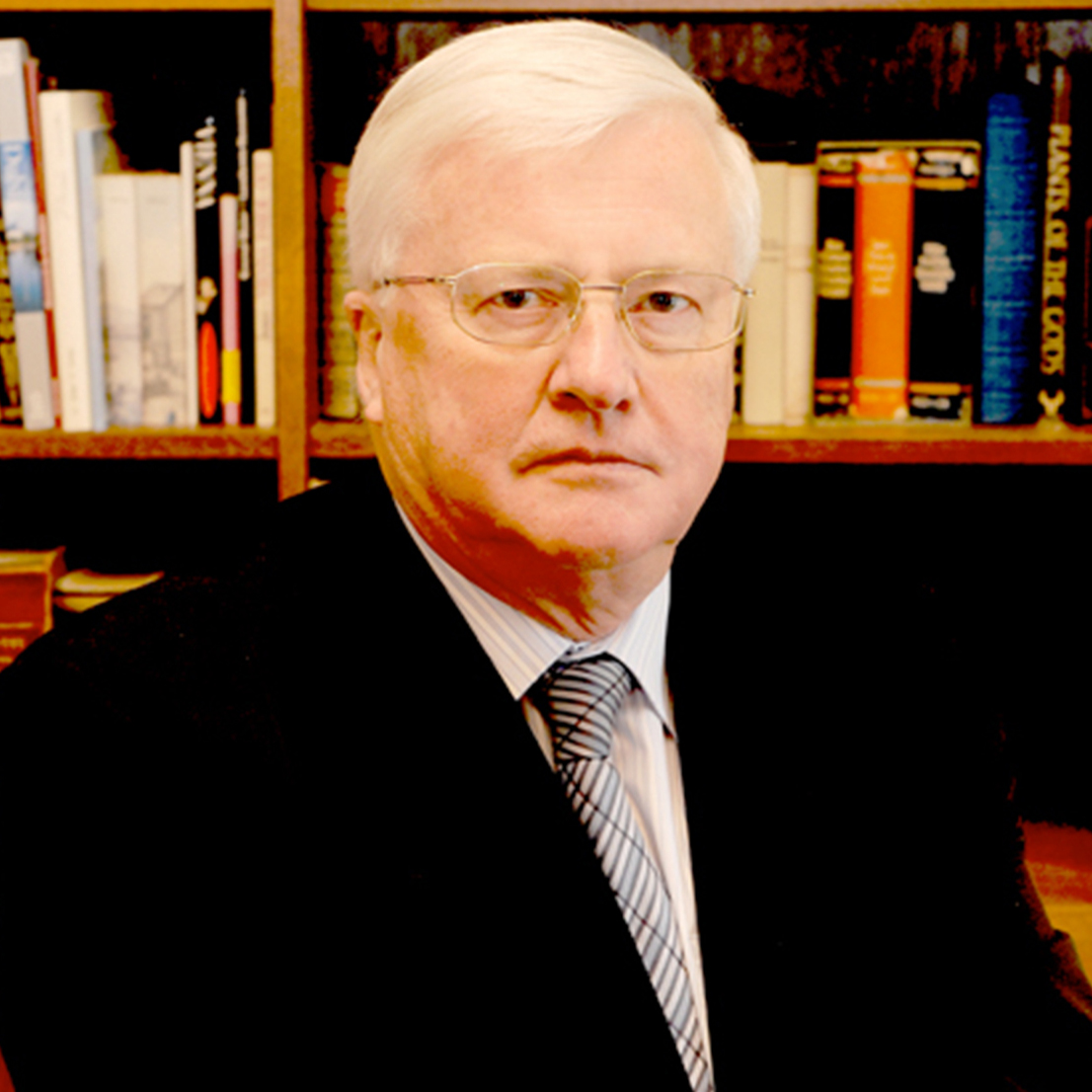
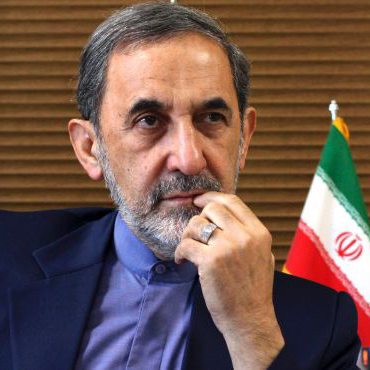


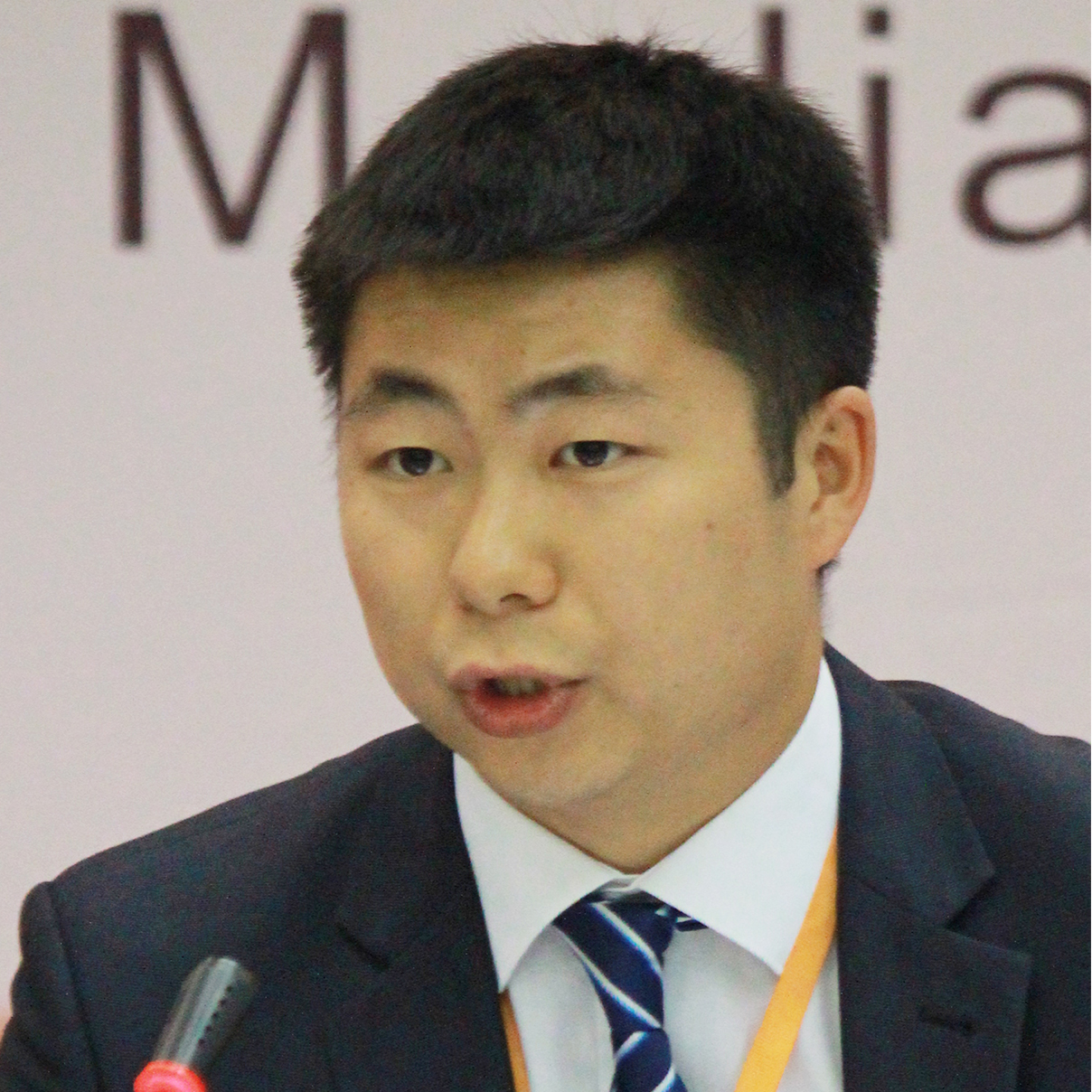

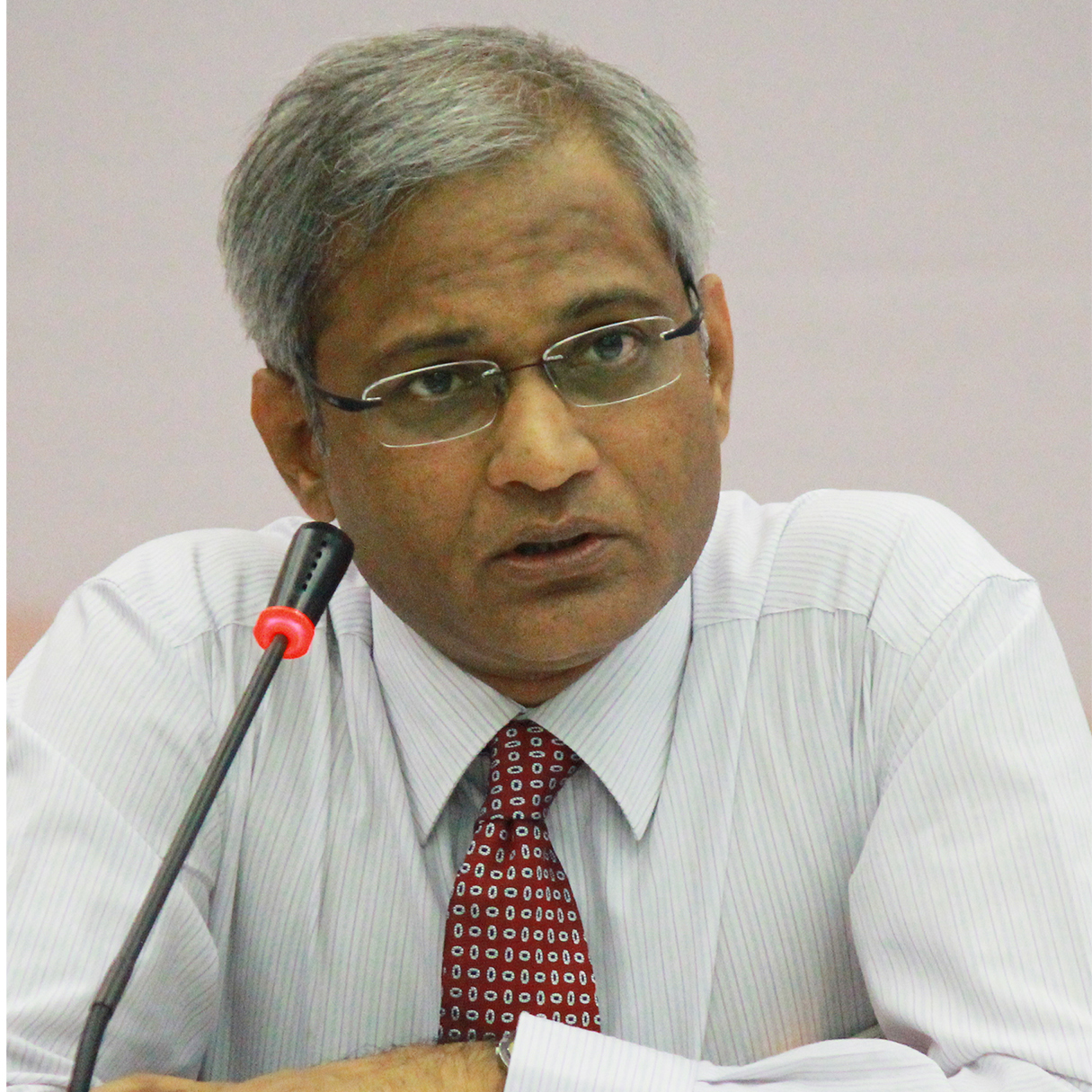
















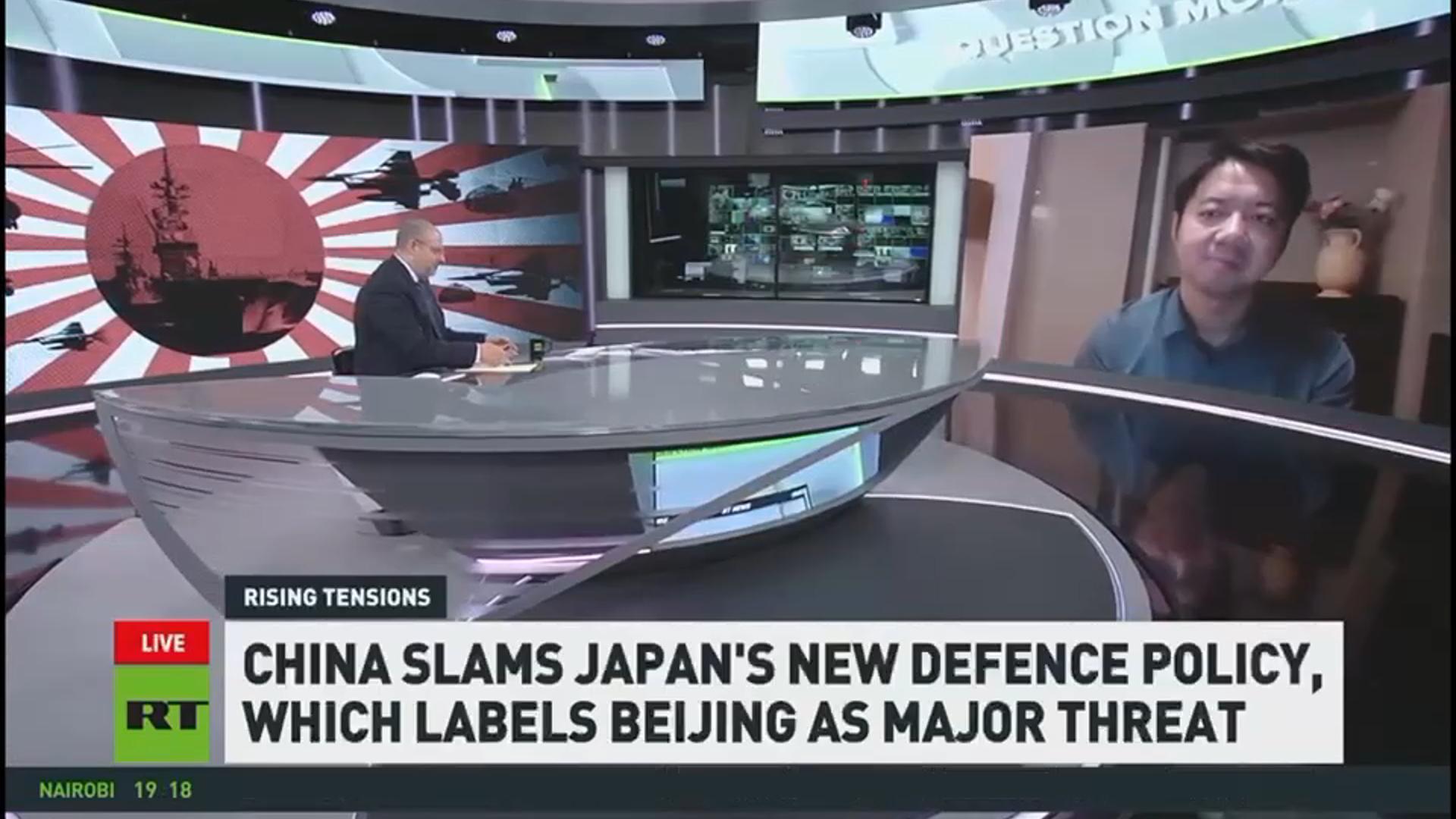
 京公网安备 11010802037854号
京公网安备 11010802037854号





